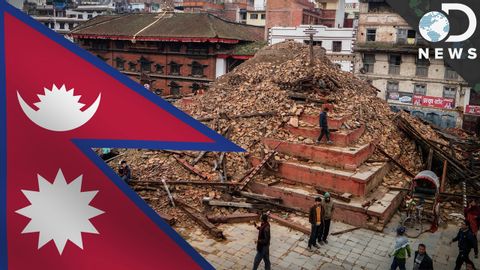
字幕與單字
影片單字
pressure
US /ˈprɛʃɚ/
・
UK /'preʃə(r)/
- n. (c./u.)壓力;壓;擠;緊迫;催促;壓力;壓力 (物理學);壓力 (印刷);時間壓力;政治壓力;血壓
- v.t.施壓;迫使...做某事
A2 初級多益中級英檢
更多 release
US /rɪ'li:s/
・
UK /rɪ'li:s/
- v.t.釋放;解放;(電影音樂等)上市;釋放;放手;發布
- n.釋放;解放(的動作);發行(新產品、電影、書籍);解放(從悲傷或困境中);豁免;釋放;釋放裝置;棄權書;新聞稿;版本
A2 初級多益中級英檢
更多 major
US /ˈmedʒɚ/
・
UK /'meɪdʒə(r)/
- n. (c.)陸軍少校;主要專業;;成年人
- adj.大聯盟;最重要的;一個主要;較大的;主要的;大調的
- v.i.到主要
A2 初級多益初級英檢
更多 使用能量
解鎖所有單字
解鎖發音、解釋及篩選功能
